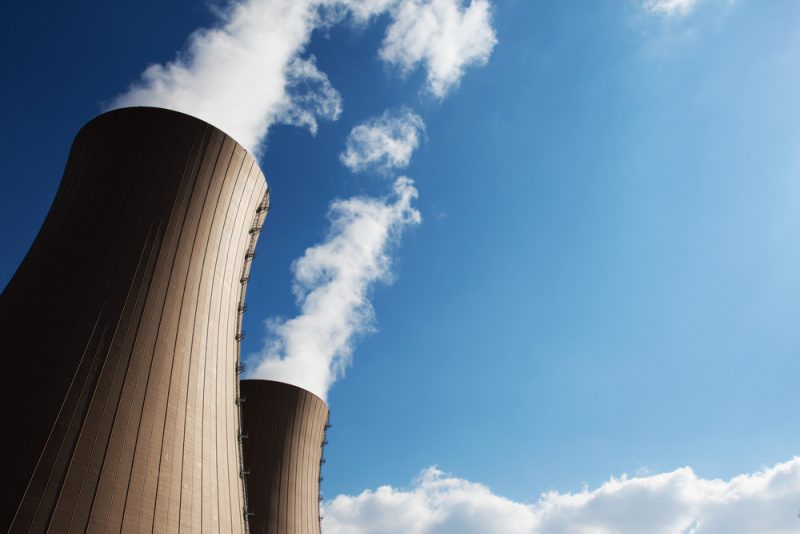Earlier maintenance, refueling cycle meant increased nuclear plant outages in September

Though nuclear power outages were kept to a minimum over the summer in the United States, electric generation fell off in September — an average of 14.5 GW — due to an earlier-than-normal seasonal maintenance and refueling cycle.
The Energy Information Administration (EIA) reports these factors were exacerbated by temporary shutdowns caused by Hurricane Florence and by the earlier retirement of the Oyster Creek Generating Station in New Jersey. The hurricane caused a nine-day unscheduled outage at one such plant in North Carolina, leading to the temporary loss of 1,870 MW worth of production. Oyster Creek, meanwhile, was a 625 MW facility initially slated for retirement in December, only to have its schedule accelerated.
Nuclear plants typically operate in cycles, with refueling scheduled every 18 to 24 months, usually during fall and spring when demand is lower. During this period, facility upgrades, repairs, and maintenance are typically conducted. In the past six years, average refueling outages have become shorter.
Despite the fall in electric generation this September due to unforeseen events, total unscheduled outages remain lower than usual so far in 2018. There were 85 in 2015, 78 in 2016 and 55 in 2017, while only 37 have occurred thus far in 2018. Outages are expected to continue as the season stretches on, however.
